Taupatauma
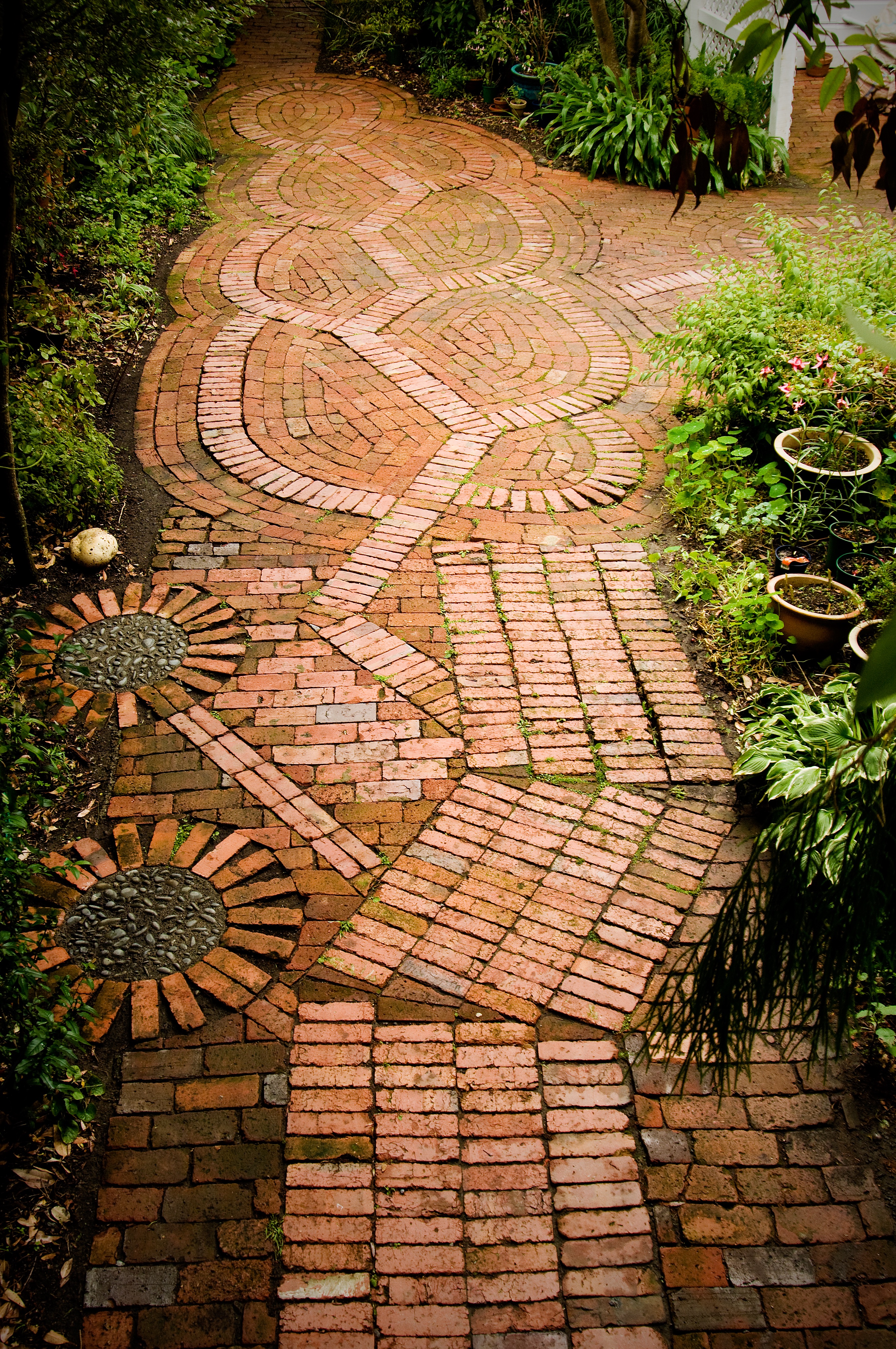
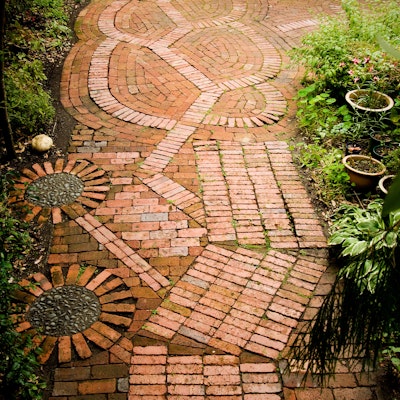
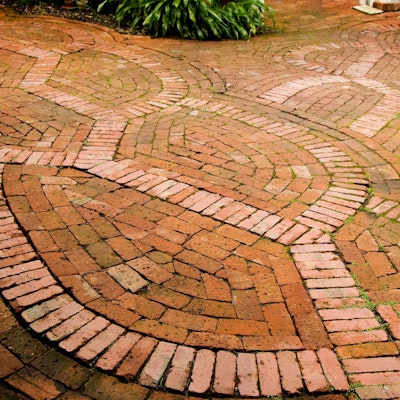
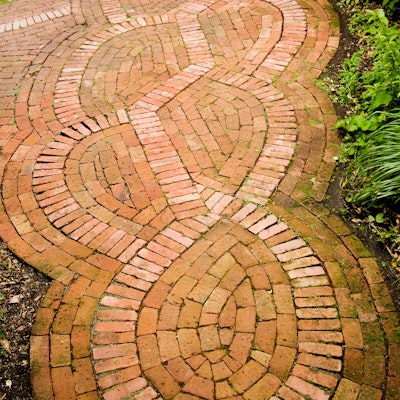
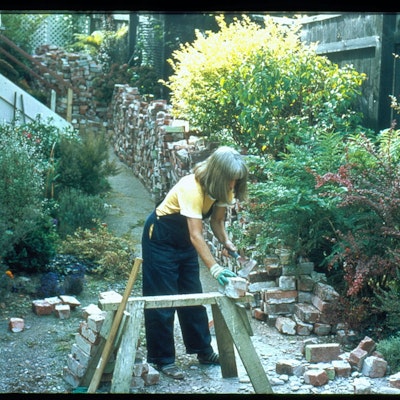
Object Name: Taupatauma
Title: Taupatauma
Date: 1978
Description: The first stage of the living environmental sculpture Taupatauma was completed in time for the May 8th, 1982 presentation on site.
The concept, broadly speaking, a collaboration, began in 1978, as an understanding of sculpture as place, allied with a physical system, taking the form of an urban garden. It merges with its environment in a relationship, better understood as a system of interdependent processes, which evolve (except for judicious weeding, watering, and pruning) primarily without my care. I am a witness to a system which is not imagined. It is real.
The Site: Inner city with house and derelict garden accessed by driveway.
The Physical Aim: To create a city green space as a clean air zone and to restore the ecological balance with flora and fauna i.e., trees, insects, spiders, fungi, plants, and bird life.
The Emotional aim: To create metaphors and stories for our time.
The Given: Indigenous taupata trees, which lined the boundaries, became the subject to be studied as source for the garden design. Structural drawings of two leaves, berry clusters, and stems overlaid on the site evolved into the garden plan.
The Concept: A collaboration with real, interrelated, physical systems within nature and with a team of three for architectural oversight, positioning of leaf structure and physical labour.
Outcomes: There were several outcomes.
1. The project grew from collaboration on a private site, to questioning how to transition from the private to the public space of the street. The driveway became the threshold and as such a metaphorical taupata branch connecting to the street, thus becoming in 1982, a new project titled the Colombo St., Manley Tce., CIA (Community Improvement Area). This project, a collaboration with residents in the neighbourhood, in discussion with city councilors, urban and traffic planners was completed in two years. I employed the same architect who had worked with me on Taupatauma to prepare four sets of plans giving alternative models for discussion. These were publicly exhibited and created great interest. When my health deteriorated in 1986 the unrealized project lapsed.
2. Taupatauma proved to be a synthesizing agent for my art practice, “I, Here, Now”, reinforcing the work process I had adopted in the late 1960s and employed in Taupatauma to research the historical background of my project, ask questions and arrive at propositions. Trans and cross cultural Research into the history of the garden lead to my proposition that “we need new myths for our time”, ( see Hair Trigger 1981, Stain 1984, Gates of the Goddess 1986 ) to structure new emotional aims, metaphors, stories to question or replace the old stereotypes. It also deepened my identity as conservationist, one of my multiple identities.
3. During the making of Taupatauma, concepts for new works were triggered. By 1980 my thinking involving the body included hair and skin resulting in several pages for the book installation MMMPB (Mantles, Maladies, Mutations, and Prussian Blue), processed with the materials clay and earth dug from my garden and materials from the body. The work languished until later to be finished. Mantles and Lamella Lamina owe their beginnings to Taupatauma.
4. Taupatauma metamorphosed many times, in the 40 years since it was planted. It achieved what it set out to do by having an amazing number of birds, especially tuis, nesting in and visiting the garden and the regeneration of indigenous plants, insects and fungi. I assume that the air quality in the area is improved by the existence of Taupatauma.
Size:
Where Made: Newtown, Wellington, New Zealand
Where Used: Newtown
Current Location: Newtown